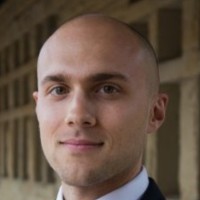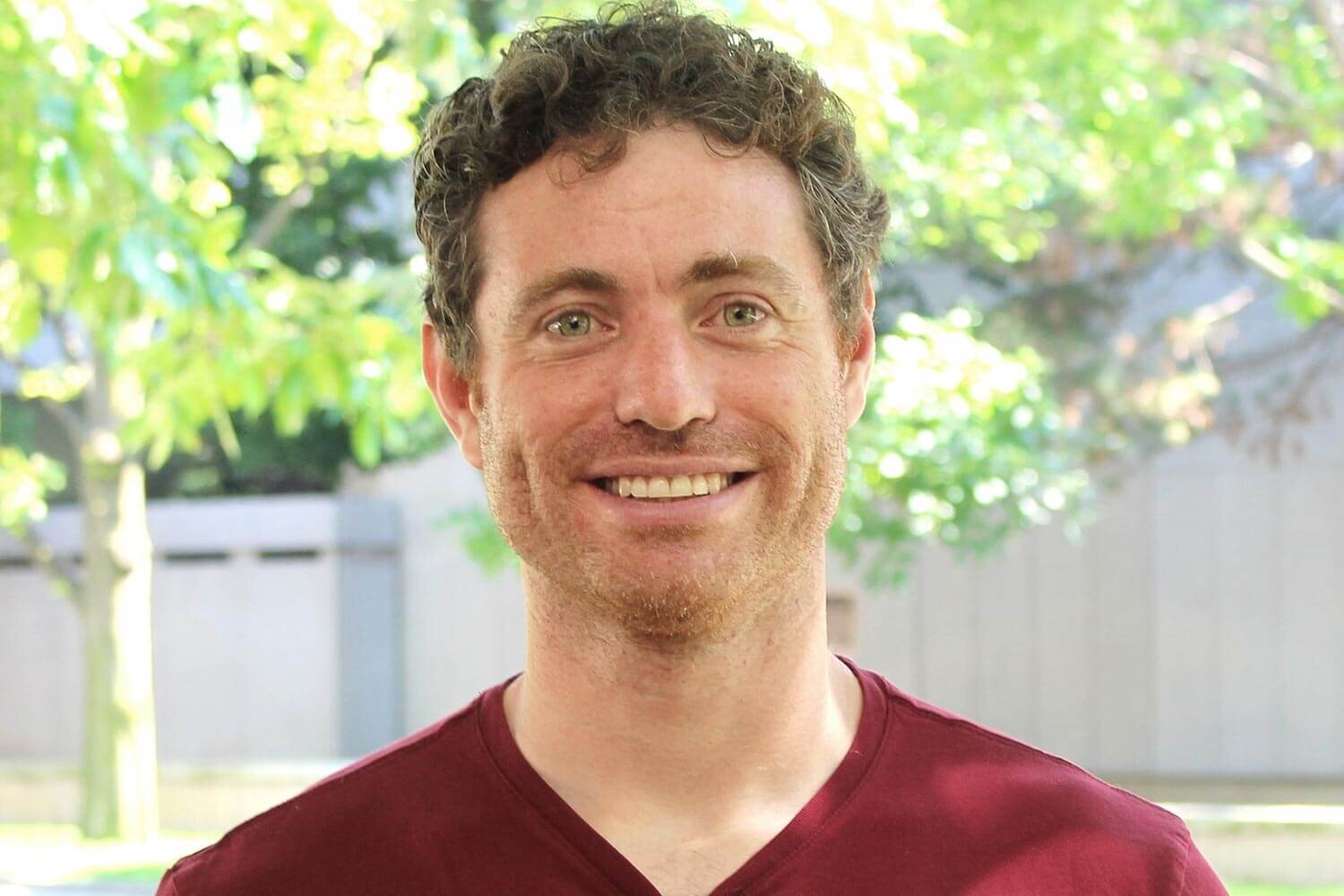Reduced-Order Modeling for Physical Simulation
From the Classical to the Neural
Location
Date & Time
Wednesday August 13, 9 AM to 12:15 PM PST
Subspace and reduced-order methods have a long-standing tradition in engineering and computer graphics. Recently, subspace methods have seen somewhat of a modern resurgence, both leveraging standard discretizations and neural representations. This course has two aims (1) To serve as a brief introduction to modern subspace and reduced-order representations and techniques and (2) to highlight important new contributions in the literature. First we will concentrate on improvements to subspace methods which rely on standard discretizations and algebraic tools, improvements which seek to better handle complex geometries, material distributions, and contact. Second, we will show how these methods can be extended or enriched with neural representations, such as neural fields, to function on opaque-box geometric representations, shape spaces and more, including supervised and self-supervised training methodologies.
Schedule Overview
A comprehensive 3.25-hour workshop program (All times in PST, Vancouver)
A comprehensive 3.25-hour workshop covering the spectrum from classical computational methods to cutting-edge neural approaches in reduced-order modeling.
Brief Introduction to Reduced-Order Modeling
David I.W. Levin • University of Toronto and NVIDIA
Model Reduction: a Quest for Robustness and Generalization
Maurizio Chiaramonte • Meta
Simulation is a cornerstone of many applications in industry, from virtual reality to embodied AI and robotics. However, deploying high-fidelity simulations on compute-limited devices remains a significant challenge. This talk explores how model reduction techniques can unlock new levels of performance and efficiency, across diverse platforms. We will discuss the limitations of traditional model reduction methods, share insights from our recent research investments (internal and in partnership with academic institutions), and outline ongoing efforts to overcome the challenges of robustness and generalization of reduced order models.
Lightning Talks I
A series of short, focused presentations showcasing cutting-edge research in reduced-order modeling.
Lightning Talks I Schedule:
| Time | Speaker | Affiliation | Title | Bio |
|---|---|---|---|---|
| 9:50 | Otman Benchekroun | University of Toronto | Subspaces from Force Distributions | |
Bio: Otman Benchekroun is a PhD student at the University of Toronto, advised by Eitan Grinspun. His research lies at the intersection of physical simulation and reduced-order modeling, with a focus on building faster ways to simulate deformable objects without losing physical meaning. He's completed research internships at Adobe, Roblox, and Meta, where he worked on problems in animation, physics, and real-time tooling. | ||||
| 9:57 | Alvin Shi | Yale University | Structured High-Frequency: Curly-Cue and Reduced Order Modelling | |
Bio: Alvin is a fifth-year PhD student working at the Yale Computer Graphics group with Dr. Theodore Kim. His main focuses are in deformables simulation, geometry, and generally modelling complicated things! | ||||
| 10:04 | Vismay Modi | NVIDIA | Simplicits: Deformable Simulation For Any Representation | |
Bio: I recently completed my PhD at the University of Toronto, where I was advised by Professor David Levin. I'm currently an engineer at NVIDIA's Spatial Intelligence Lab where I'm working on fast, mesh-free, deformable simulations for objects in any representation. | ||||
| 10:11 | Yue Chang | University of Toronto | Fast Physics through Eigenanalysis over the Shape Space | |
Bio: Yue Chang is a PhD student in Computer Science at the University of Toronto, advised by Prof. Eitan Grinspun. Her research focuses on neural techniques for reduced-order modeling in physics-based simulation, and she has published multiple SIGGRAPH papers in this area, including one that received a Best Paper Award and another that earned a Best Paper Honorable Mention. | ||||
Model Reduction for Anatomically Accurate Real-Time Hand Animation
Jernej Barbič • University of Southern California
I will present our multi-year project on modeling and animating human hands, performed in my laboratory at USC, with a focus on real-time performance achieved through model reduction. Hands play a central role in applications such as computer games, film, ergonomic design, tracking, and medical treatment. I will describe how to capture complete human hand anatomy in multiple poses using magnetic resonance imaging (MRI)—a task previously hindered by long scan times (over 10 minutes) and the difficulty of holding complex poses steadily during acquisition. To address this, we developed a process using lifecasting materials from the film industry to stabilize the hand during scanning. This enables precise segmentation of bones, muscles, tendons, ligaments, fat, and skin across multiple poses, with consistent mesh connectivity. Coupled with nonlinear multibody FEM simulation, we can animate both external and internal hand anatomy in arbitrary poses, matching ground truth MRI and optical data while greatly reducing computational cost.Building on these high-quality anatomical models, I will also present our work on real-time hand simulation using neural networks and model reduction. By combining multi-resolution analysis, partition of unity, and neural networks, we achieve progressive, pose-dependent shape reconstruction with significant memory and compute savings. Our method learns deformations from detailed volumetric simulations and reconstructs them in under 1 millisecond. This enables graceful degradation under resource constraints and supports real-time animation of human hands and other soft-body characters.
Lightning Talks II
A series of short, focused presentations showcasing cutting-edge research in reduced-order modeling.
Lightning Talks II Schedule:
| Time | Speaker | Affiliation | Title | Bio |
|---|---|---|---|---|
| 10:50 | Jiayi "Eris" Zhang | Stanford University | Progressive Simulation for Scalable Experiences | |
Bio: Jiayi (Eris) Zhang is a 4th-year Ph.D. candidate at Stanford University, advised by Prof. Doug James. She earned her undergraduate degree in Computer Science and Mathematics from the University of Toronto, where she conducted research under the supervision of Prof. Alec Jacobson. Her research focuses on physics-based animation, geometry processing, and numerical optimization. Currently, her work is primarily centered on developing intelligent algorithms, models, and tools to enhance creativity and productivity in design, animation, and simulation, with a particular focus on level-of-detail modeling and simulation techniques. She is an MIT EECS Rising Star, a WiGRAPH Rising Star, and a recipient of the Stanford Graduate Fellowship, the Roblox Graduate Fellowship, and the NVIDIA Graduate Fellowship. She has also completed five internships at Adobe, collaborating closely with Dr. Danny Kaufman, and is currently interning at NVIDIA. | ||||
| 10:57 | Davide Corigliano | Computer Graphics Laboratory, ETH Zurich | Subspaces for Skin and Face Simulation | |
Bio: I am a second-year doctoral student at the Computer Graphics Laboratory of ETH Zurich, under the supervision of Prof. Dr. Barbara Solenthaler and Dr. Bernhard Thomaszewski. My research lies at the intersection of physically-based simulation, digital humans, biomechanics, and rendering. I focus on integrating simulation techniques with machine learning to enable real-time prediction of medical treatment outcomes. My goal is to empower physicians with robust and accurate prediction tools that simplify surgery planning and facilitate communication with patients. | ||||
| 11:04 | Zhecheng Wang | University of Toronto | Model the Operator, Not the Solution Space | |
Bio: Zhecheng Wang is a PhD student in Computer Science at the University of Toronto, advised by Prof. Eitan Grinspun in the Dynamic Graphics Project. His research explores the intersection of geometry processing, physics-based animation, and deep learning, with a focus on solving partial differential equations and building generalizable, efficient tools for simulation and design. | ||||
| 11:11 | Hsiao-Yu Chen | Meta | Self-supervised Learning of Latent Space Dynamics. | |
Bio: Hsiao-yu is a Research Scientist at Meta. She completed her PhD from the University of Texas at Austin under the supervision of Prof. Etienne Vouga. Her research focuses on cloth simulation, differentiable simulation, and automatic garment asset generation. | ||||
Leveraging Neural Rendering Representations for Simulation Tasks
Mengyu Chu • Peking University
Neural rendering representations, such as 3D Gaussian Splatting (3DGS) and NeRF, have emerged as powerful tools for scene reconstruction. In this talk, I will present recent work by our group, VCL at Peking University, on extending these representations beyond view synthesis to support physical simulation tasks. First, we use 3DGS as a geometry input for forward physics, addressing challenges such as surface-only capture and the lack of simulation-ready semantics. By integrating multimodal large models, we automate scene annotation and physical parameter estimation, enabling simulation of in-the-wild dynamic scenes with minimal manual effort. We further explore how 3D Gaussians can represent physical quantities and support PDE-based simulation over continuous, compact, and implicit spaces. Finally, I will discuss our progress on inverse physics tasks, such as video-based reconstruction, where the differentiability of neural representations enables joint optimization over geometry, dynamics, and rendering. These directions highlight the potential of neural rendering representations as a flexible substrate for physical modeling—offering a path toward simulation systems that are more tightly integrated with rendering and geometry editing, more scalable through automation and differentiability, and more interactive while remaining physically grounded.
Panel Discussion
Moderator: Otman Benchekroun • University of Toronto
This session will feature all speakers in an open discussion on emerging trends, open problems, and future research directions.
Total Duration: 3.25 hours
All times are in PST (Vancouver). Schedule is subject to adjustment based on final speaker availability.
Invited Speakers
Distinguished experts sharing their knowledge in reduced-order modeling
Join us for an exciting lineup of distinguished speakers who will share their expertise in reduced-order modeling, from classical computational methods to cutting-edge neural approaches.
Organizers
The team behind this workshop
Meet the team behind this workshop, bringing together expertise in computational methods, physics simulation, and reduced-order modeling.
David I.W. Levin is passionate about numerical simulation, with a research focus on developing novel simulation techniques that empower artists, engineers, and scientists to study and create—from animations to mechanical systems. He is currently an Associate Professor at the University of Toronto. Prior to this, he was an Associate Research Scientist at Disney Research and a postdoctoral researcher with Prof. Wojciech Matusik at MIT. He completed his doctoral studies on sensorimotor computation under Dinesh K. Pai at the University of British Columbia and spent time at WETA Digital working on biomechanics-based simulation.
Peter Yichen Chen is an incoming assistant professor at the University of British Columbia. Before this, he was a postdoctoral researcher at MIT Computer Science and Artificial Intelligence Laboratory (CSAIL), working with Professor Wojciech Matusik. He earned his Ph.D. in computer science from Columbia University under the guidance of Professor Eitan Grinspun. Before this, Peter was a Sherwood-Prize-winning mathematics undergraduate at UCLA. His research empowers 3D content creation for artists, enhances design/fabrication/control for engineers, and aids material discovery for scientists. He publishes in machine learning, computer graphics, scientific computing, mechanics, and robotics.
Eitan Grinspun is Associate Chair, Communications, Mentoring and Inclusion at the Department of Computer Science at the University of Toronto, where he is also a Professor of Computer Science and Mathematics. He was previously the Co-Director of the Columbia Computer Graphics Group at Columbia University(2004–2021), Professeur d'Université Invité at l'Université Pierre et Marie Curie in Paris (2009), a Research Scientist at New York University's Courant Institute (2003–2004), a graduate student at the California Institute of Technology (1997–2003), and an undergraduate in Engineering Science at the University of Toronto (1993–1997). He has been an NVIDIA Fellow (2001), Eberhart Distinguished Lecturer (2003), NSF CAREER Awardee (2007), Alfred P. Sloan Research Fellow (2010-2012), one of Popular Science magazine's "Brilliant Ten Scientists" (2011), and Fast Company magazine's "Most Creative People in Business" (2013). Technologies developed by his lab are used in products such as Adobe Photoshop & Illustrator, at major film studios, and in soft matter physics and engineering research. He has been profiled in The New York Times, Scientific American, New Scientist, and mentioned in Variety. His film credits include The Hobbit, Rise of the Planet of the Apes, and Steven Spielberg's The Adventures of Tintin.





